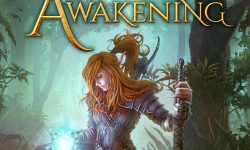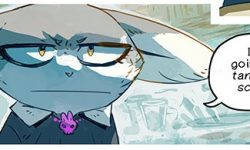On the Water of Awakening and Odysseys

In 2017, I published my first straight fantasy book, The Water of Awakening. Some people loved it; some hated it. Either opinion is fine because I made the book exactly the way I wanted to make it. For 2017 (or 2023, as I write this) it’s something outside of the typical modern approach to fantasy. I wanted to do something really different from what I saw repeated in the same overlong fantasy books from the prior 20 years. I wanted to avoid a romance B-story, a subplot I had become exceedingly bored with (though I used one in my next…










